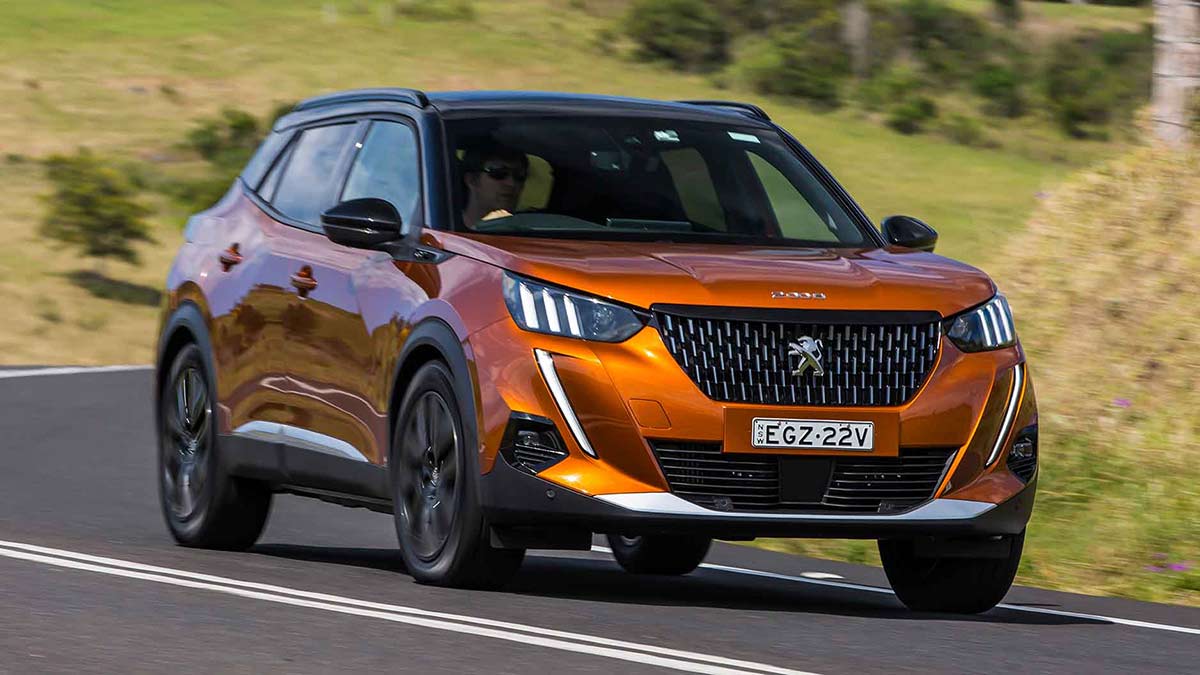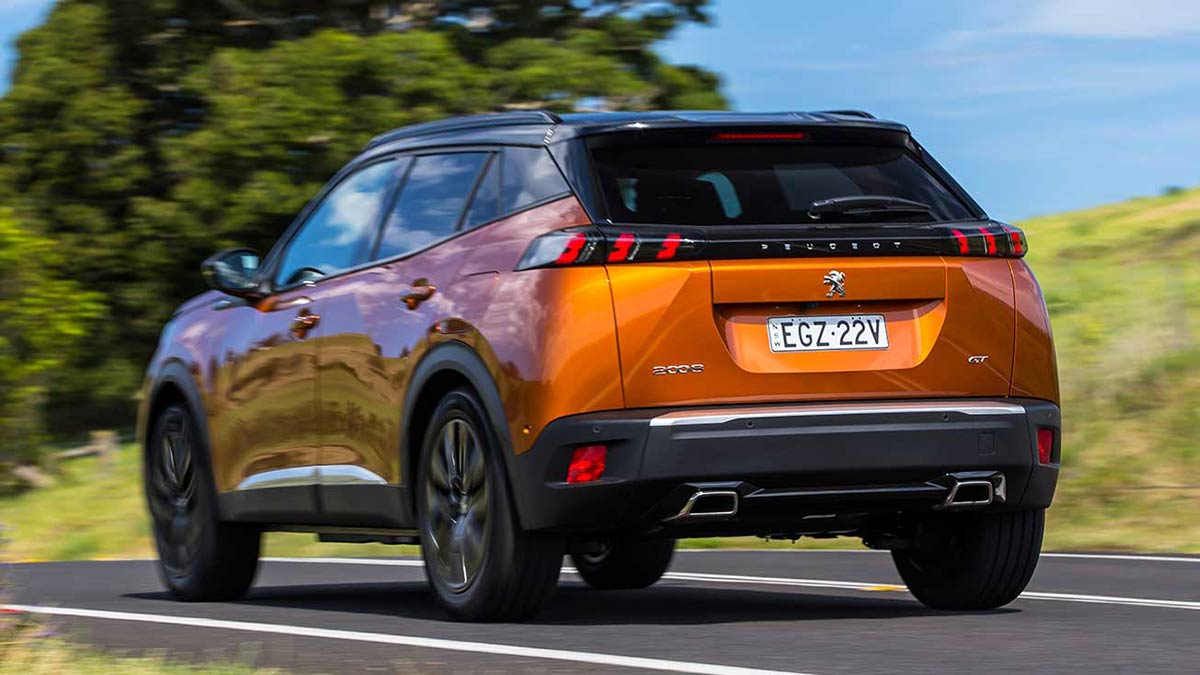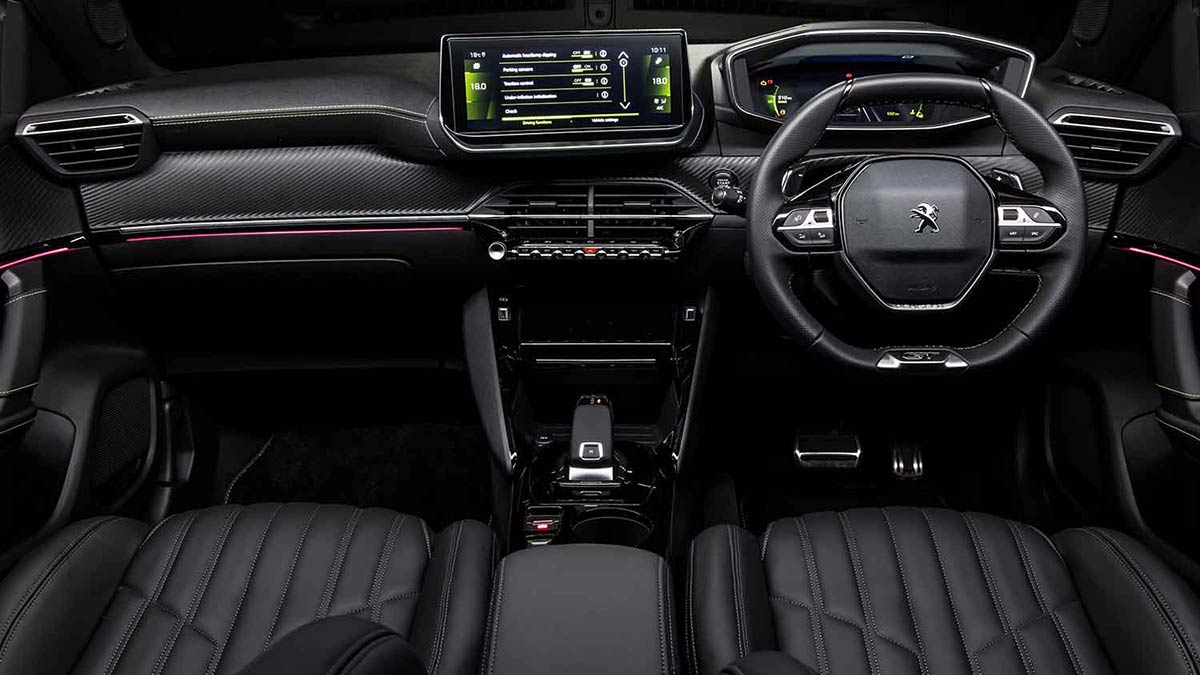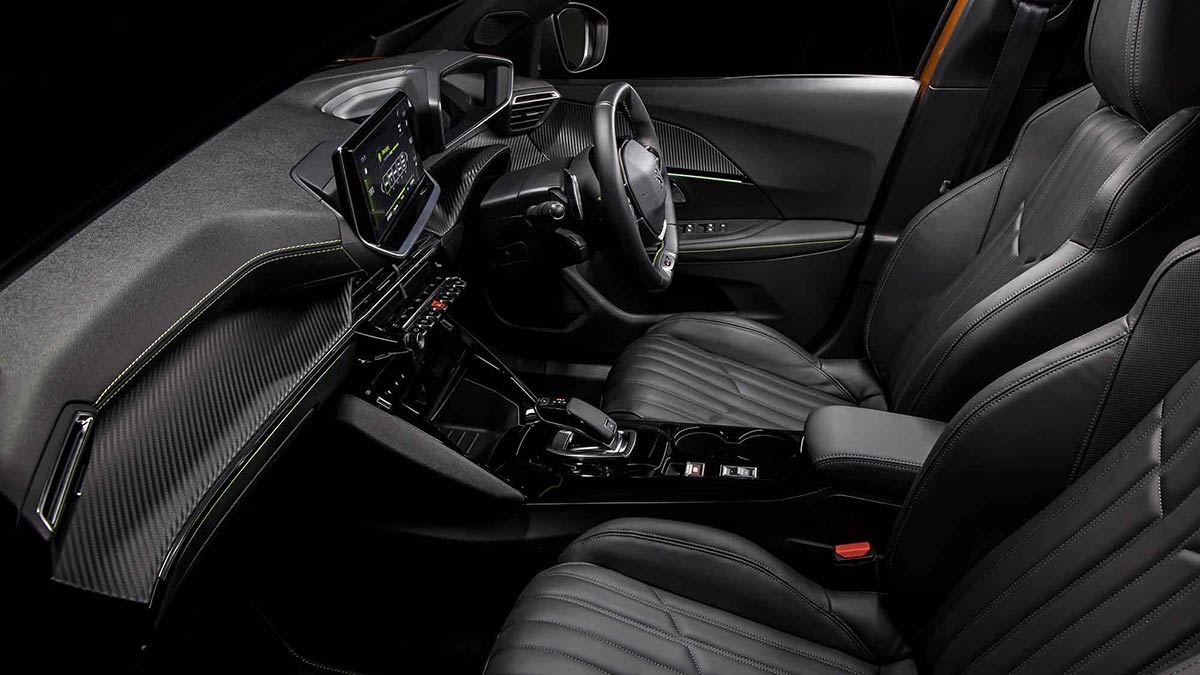The ninth-generation Toyota HiLux has arrived, bringing with it a futuristic forward exterior design, more safety and tech and the same rugged capability owners love. Will the updates tempt private buyers away from the Ford Ranger or are they just enough to keep fleets onside?
Peugeot 2008 GT Sport 2021 road test review
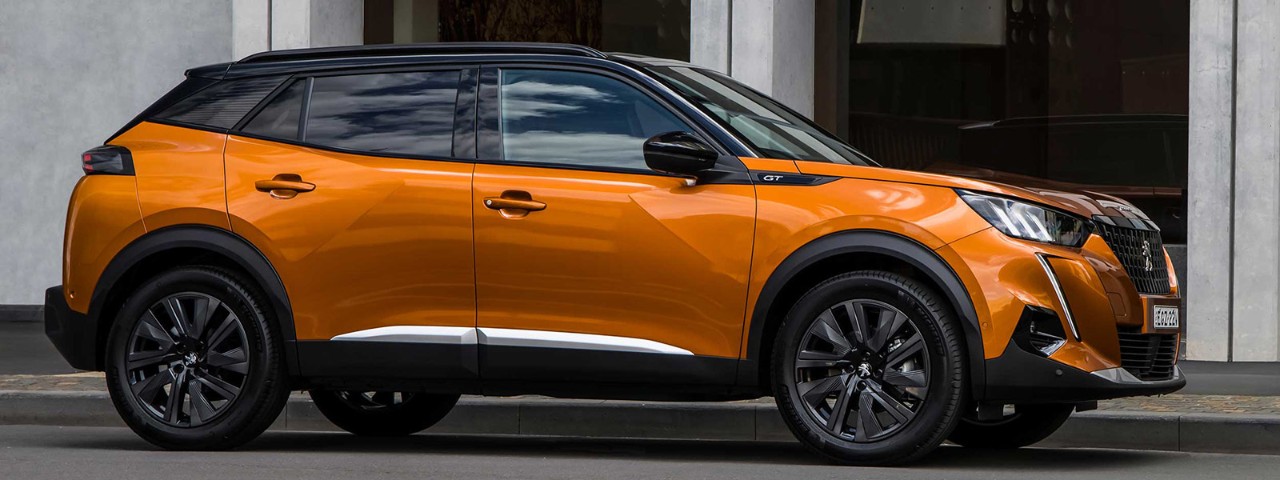
Peugeot's good form continues with the fun and funky 2008 small SUV.
Peugeot has had mixed fortunes in Australia. The iconic European brand has gone from selling more than 8,000 vehicles a year in 2007 to just over 2,000 in 2020. The quality of the product has been up and down, but the French car-maker is on a roll at the moment.
Models like the stunning 508 medium liftback and wagon, and the 3008 and 5008 SUV twins are changing the perception of the brand. Another new model that’s expected to give Peugeot a boost is the stylish new 2008 small SUV that arrived late last year.
Is the 2008 a genuine rival for the small SUV segment leaders, or is it just an overpriced niche player?
Thumbs up
Peppy three-cylinder engine, handling ability, unique cabin design, beautiful front seats, striking design.
Thumbs down
Poor placement of cruise controls, firm ride, tight rear headroom, pricing.
How much does the Peugeot 2008 cost?
The second-generation 2008 follows Peugeot’s latest edgy design language and is built on Peugeot-Citroen’s Common Modular Platform that also underpins the new 208 light hatch that’s only likely to make it to Australia in fully electric guise.
The shift to the new-generation 2008 brought with it a significant price hike. In 2018 the three-grade line-up was priced from $25,490 to $31,500 before on-road costs. The new model starts at $34,990 for the entry grade Allure, climbing to $38,990 for the GT and topping out at $43,990 for the GT Sport tested here.
Peugeot’s pricing generally carries a premium over mainstream competitors, and it appears to be positioning itself as a rival for that other semi-premium European brand – Volkswagen. Not only is the 2008 more expensive than the VW T-Roc, the GT Sport is one of the priciest petrol-powered variants in the whole sub-$40,000 small SUV segment. Only the Mazda CX-30 X20 and a couple of Jeep Compass variants cost more.
However, if you compare the 2008 to some models in the premium (over-$40,000) category, it starts to make more sense. Compared with similarly priced variants of the Audi Q2, BMW X1 and Lexus UX, it represents decent value. The problem is, buyers don’t see Peugeot in that company just yet.
So, what do you get for your $44,000? Quite a bit actually. Nappa leather seats, the latest multimedia and connectivity tech, power everything, adaptive LED headlights, unique styling flourishes, premium materials and more. Our test car was fitted with the optional panoramic sunroof ($1990) and metallic paint ($690), bringing the total to $46,670 before on roads. As we said, it ain’t cheap.
What safety features does it have?
On top of a 5-star ANCAP rating, the 2008 is generously equipped with high-tech active safety and driver assistance features, including autonomous emergency braking and driver attention assist.
The lane keep assist does a top job of centring the car in the lane, but it sometimes feels like you’re battling the steering system. The placement of the cruise controls on a stalk hidden behind the steering wheel means it’s hard to select a setting because the controls aren’t visible. This is a common complaint of too many cars. Cruise buttons belong on the steering wheel where they are more accessible.
What's the space like inside?
The 2008’s edgy, sharp exterior lines give the car real road presence. Especially in the sexy Onyx Black paint of our test car. The SUV’s cabin is just as modern and eye-catching as the exterior.
Peugeot’s ‘i-Cockpit’ cabin setup is polarising to say the least. The idea is to engage the driver and help them focus more on driving. The steering wheel is smaller and sits lower than in other cars. The instrument cluster sits above the top rim of the steering wheel (depending on how high the wheel is adjusted to), so you don’t have to peer through the wheel to look at the speedo. The multimedia screen sits immediately next to that.
While a lot of people find it difficult to adjust to the setup, we think it’s brilliant. The smaller wheel does make for a more engaging drive experience.
Thankfully, the semi-premium pricing does indeed come with some premium flourishes. The materials used throughout feel a step above any other small SUV in its class. Soft-touch materials throughout, carbon-fibre dash inserts and cool green stitching add to the vibe.
Peugeot’s unique switchgear, particularly the air-con controls, exudes retro cool. The gorgeous looking Nappa leather front seats are incredibly well bolstered, and the pattern is striking. The driver’s seat is power adjustable and has a massage function. It’s all very chic.
The 3D instrument cluster feels like a bit of a gimmick but it’s also pretty cool. The 10-inch touchscreen is angled towards the driver for easier access. The menu itself takes some time to get used to. There’s no real ‘home’ button and it’s not as user friendly as systems from the likes of Kia and Hyundai. During our week with the car, the multimedia screen froze and was unusable. We turned the car off and left it for an hour and still wasn’t working. That meant there was no display for the reversing camera. It eventually came good when we started the car later that day.
In terms of storage, large bottles fit easily into the door pockets, the central bin is small but deep and the cup holders are narrow. There’s room for devices and there are USB-A and USB-C ports.
Rear-seat legroom is good, but headroom is tight for taller folks on the two outboards rear seats. Air vents, flat seats, two USB-C ports, map pockets and decent bottle storage can be found back there.
The 2008’s boot swallows a decent 434 litres with the rear seats up, expanding to 1467 with the 60/40 split rear seats folded. Under the boot floor you’ll find additional storage and a space-saver spare wheel.
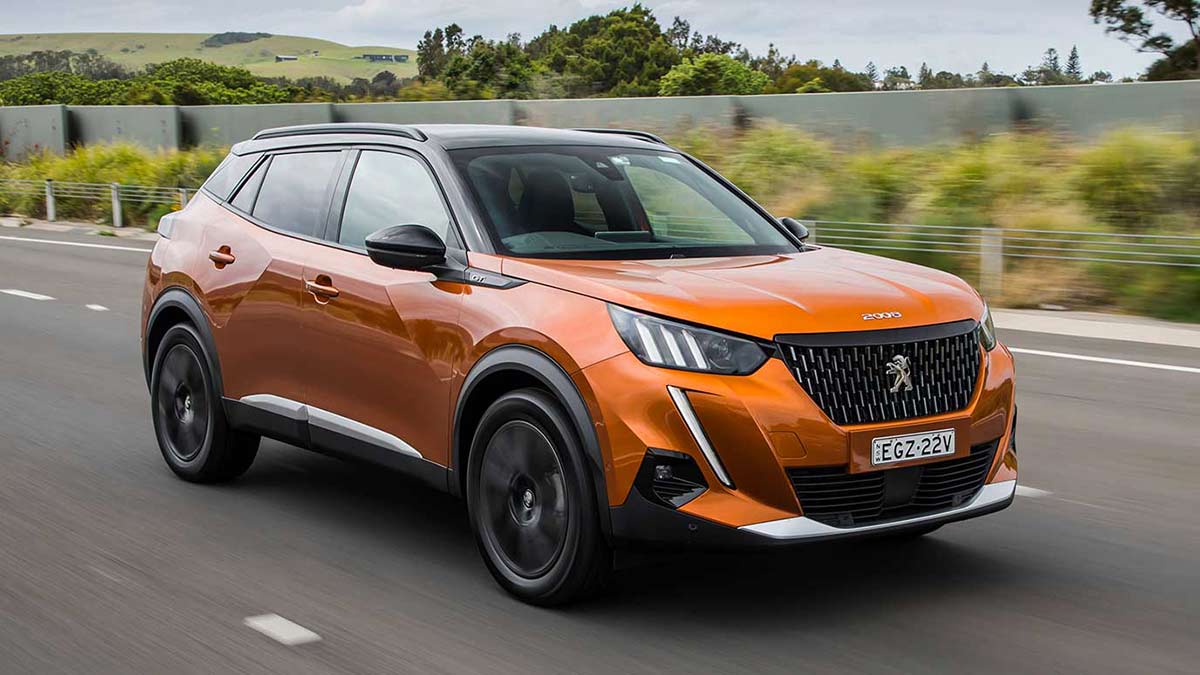
Peugeot 2008 GT Sport.
How does it drive?
Peugeot’s sweet 1.2-litre three-cylinder turbocharged petrol engine delivers 114kW and 240Nm, slightly more than the 2008 Allure and GT that get the same engine in a lower tune of 96kW/230Nm.
It accelerates well from a standing start but loses momentum going up steep hills and there’s a hint of torque steer on take-off. Around town it’s a zesty powertrain that engages the driver. The eight-speed automatic has a tendency to hold gears and isn’t the smoothest transmission.
The steering is super lightweight and sharp, with the small diameter steering wheel adding to the experience.
Like its 508 and 3008/5008 siblings, the 2008 has a well-balanced chassis that’s engineered for dynamic driving. It feels flat when cornering, although we encountered light understeer pulling out of a tight bend. Traction control intervened on a sweeping uphill bend with loose edges.
The suspension setup is tuned for sporty driving and as a result the ride is quite firm and a little busy on average b-roads, while some vibration is felt through the steering wheel.
Sports mode sharpens the throttle and adds more weight to the steering, but it’s not a dramatic step up from Normal mode.
Peugeot pegs the fuel economy at 6.1 litres per 100 kilometres and we recorded 7.5L/100km.
The verdict
Peugeot is on a roll with its current crop of models. There’s not one dud in the line-up, and it’s about the get better with the imminent arrival of the sexy new-generation 308 hatch and some very cool EVs. The 2008 is expensive compared with mainstream rivals, but up against the premium brands, you start to see the value. The harsh ride lets it down, but if you can live with that. It’s a joy to drive and definitely stands out from the crowd.
|
Pricing |
List price: $43,990 before on-road costs. Price as tested: $46,670 before on-road costs. Model range: $34,990 to $43,990 before on-road costs. |
|---|---|
|
Drivetrain |
1.2-litre, three-cylinder turbocharged petrol engine, eight-speed automatic transmission, Power: 114W@5500rpm. Torque: 240Nm@1750rpm. Wheels: 215/55 R18. |
|
Fuel |
95 RON PULP, 44-litre fuel tank. Consumption: 6.1L/100km (government test), 7.5/100km (RACV test). Emissions: 138g/km CO2 emissions. |
|
Standard safety |
5-star ANCAP rating, autonomous emergency braking with pedestrian and cyclist detection, driver attention alert, lane keep assist, active blind spot detection, adaptive cruise control with stop and go, tyre pressure monitor, front and rear parking sensors. |
|
Standard features |
Climate control air conditioning, automatic park assist, keyless entry and start, heated and power adjustable front seats, Nappa leather seats, wireless device charging, 10-inch touchscreen with 3D sat-nav, digital radio, Apple CarPlay/Android auto. |
|
Warranty |
Five-year/unlimited kilometre warranty. Five years capped-price servicing. Service intervals every 12 months/15,000km. |
